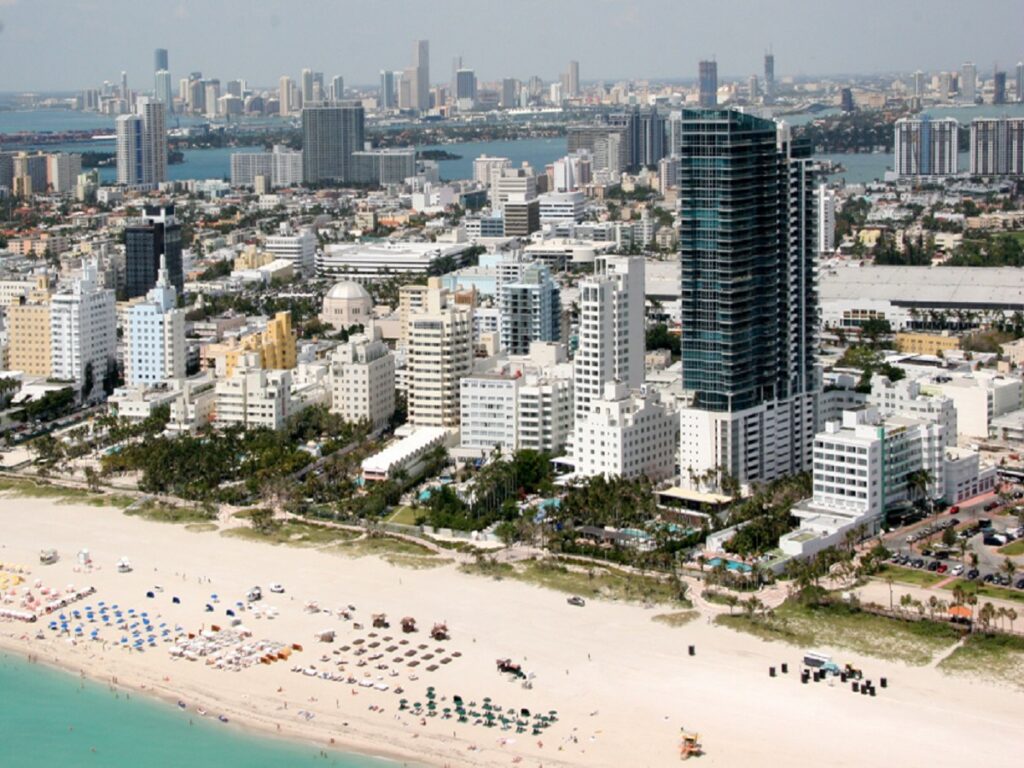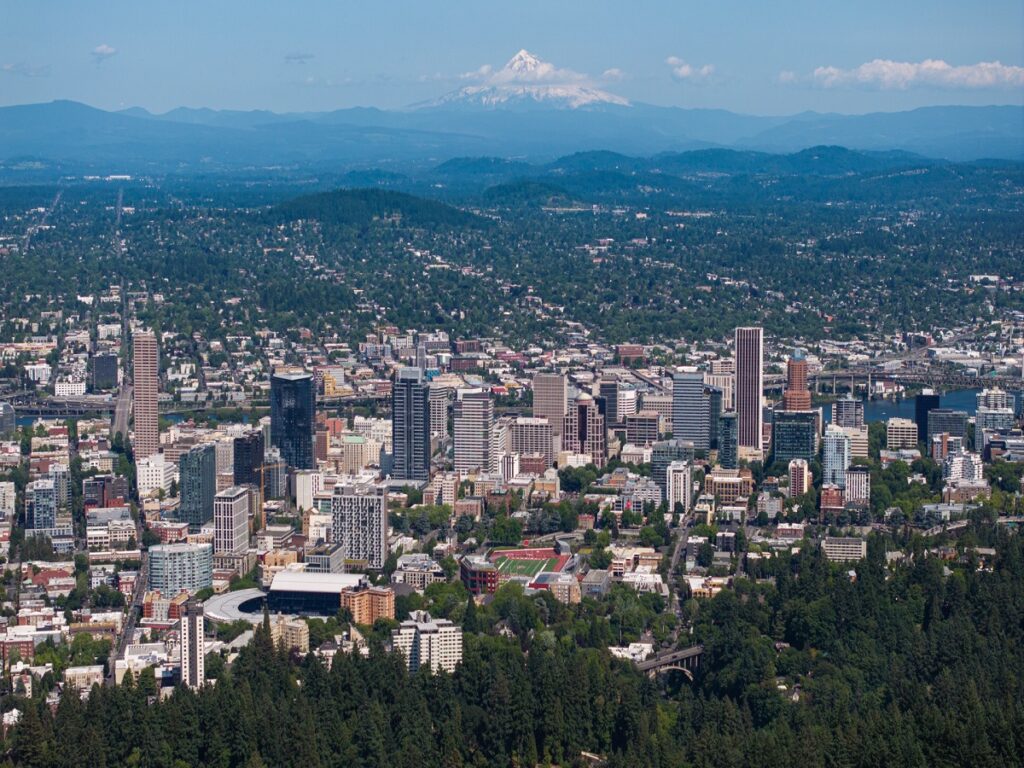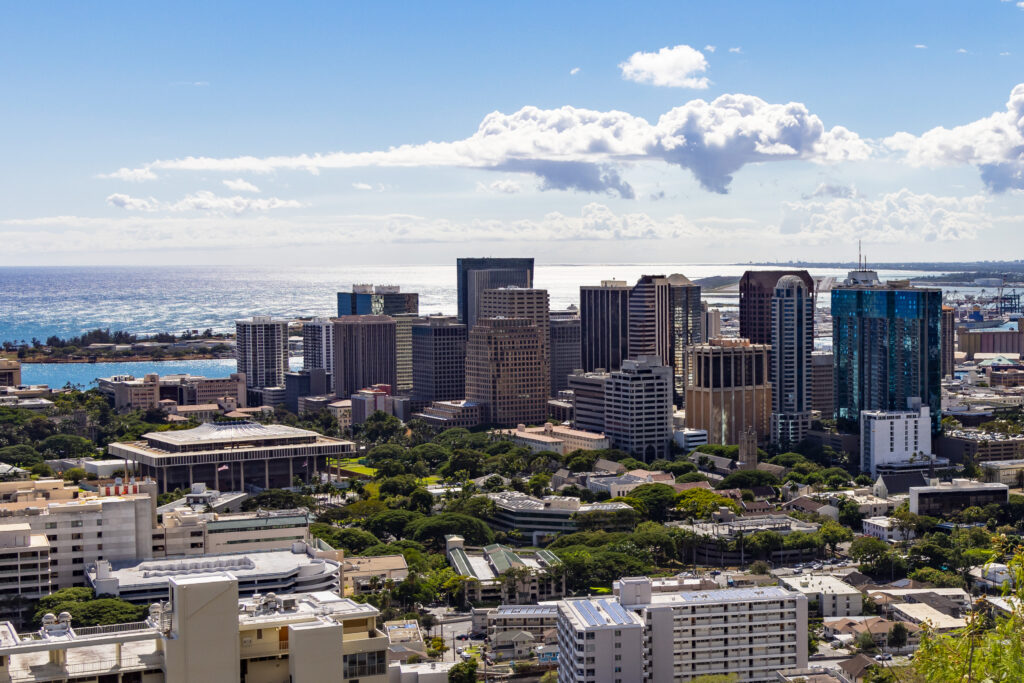Once-booming U.S. hotspots that drew millions for jobs, nightlife, and sunshine are now watching residents pack up and leave. Between 2020 and 2025, shifts in housing affordability, remote work, and lifestyle priorities have redrawn America’s migration map. Big cities once seen as dream destinations are seeing population declines for the first time in decades. Let’s take a closer look at ten major U.S. locations where people are moving out faster than ever and what’s really driving the change.
Los Angeles, California

Built up as an entertainment and cultural capital since the early 1900s, Los Angeles has long symbolized opportunity. But today, residents are fleeing at record rates. The main culprit is the city’s skyrocketing housing costs, with average rents surpassing $3,000 in 2024. Combined with growing homelessness, congested commutes, and safety concerns, many Angelenos are seeking calmer, more affordable cities like Phoenix and Austin. Even the city’s creative industry is shifting to cheaper hubs, redefining the American dream far from Hollywood’s glow.
New York City, New York
Since its 1624 founding, New York City has been a magnet for ambition. Yet between 2020 and 2025, it has seen one of its largest population dips in decades. Rising living costs, shrinking apartment spaces, and post-pandemic shifts to remote work have pushed thousands to nearby states like New Jersey and Pennsylvania. Even Wall Street jobs have decentralized. The city’s charm remains, but its affordability crisis and relentless pace have forced many New Yorkers to trade the skyline for suburban breathing room.
San Francisco, California

Built during the 1849 Gold Rush, San Francisco became a modern tech hub by the late 20th century. However, it’s now facing a sharp exodus. With median home prices over $1.3 million and persistent issues like crime and open drug use downtown, the city has lost more than 60,000 residents since 2020. The tech industry’s remote-work evolution further hollowed out office life. Once a beacon of innovation and counterculture, San Francisco now struggles to reinvent itself amid steep decline and public frustration.
Chicago, Illinois
Since its rebuilding after the Great Fire of 1871, Chicago has stood tall as the heart of America’s Midwest economy. But in recent years, high property taxes, crime rates, and a weakening job market have driven thousands out. Families seeking safety and lower costs are heading to Indiana or Wisconsin suburbs. The city’s iconic skyline still dazzles, but Chicago’s shrinking population, down by more than 80,000 since 2020, reflects deeper struggles to balance big-city life with affordability and community stability.
Miami, Florida

Established in 1896, Miami thrived as a tropical paradise of glamour, beaches, and global influence. But its boom has hit a turning point. The cost of housing has surged nearly 60% since 2020, and rising insurance premiums due to climate risks have forced residents to look inland. While tourism remains strong, everyday life is becoming unsustainable for middle-income families. The city’s once-coveted sunshine lifestyle is dimming under financial pressures, prompting an exodus toward less expensive parts of Florida and beyond.
Seattle, Washington
Seattle, developed in the mid-1800s as a logging port and later a tech stronghold, is now losing residents despite its innovation-rich economy. Since 2020, surging rents, high taxes, and concerns over street safety have fueled departures. Remote work has freed thousands of tech employees to relocate to smaller cities like Boise or Spokane. The Emerald City’s progressive culture remains, but its affordability gap and growing urban fatigue reveal the limits of even the most promising tech hubs in keeping residents long-term.
Portland, Oregon

Founded in 1845, Portland became a haven for creatives and eco-conscious living. Yet its population is shrinking fast as rising homelessness, housing shortages, and public safety worries take hold. The pandemic accelerated an already fragile balance between affordability and quality of life. Many long-time locals are now heading to smaller Oregon towns or nearby states where costs are lower. Portland’s unique culture of independence and sustainability still shines, but residents increasingly seek it elsewhere without the city’s mounting pressures.
Austin, Texas
Austin, incorporated in 1839, grew rapidly in the 2010s as America’s “Silicon Hills.” But the very growth that made it famous has now turned burdensome. Housing prices doubled in less than five years, and infrastructure struggles to keep up with newcomers. Ironically, some early residents who fueled its rise are now leaving for cheaper Texas cities. While Austin remains vibrant, its identity as an affordable, creative haven is fading fast under rising costs and population fatigue.
Denver, Colorado
Founded during the Gold Rush of 1858, Denver became a magnet for outdoor enthusiasts and tech startups. But in the past few years, it’s experienced steady outmigration. Soaring housing prices, rising homelessness, and traffic congestion have dulled its appeal. Even its once-stable job market has plateaued as hybrid work allows relocation. Many Coloradans are opting for smaller mountain towns or neighboring states with lower costs. Denver’s allure hasn’t vanished, but the pace of urban living is driving people away faster than ever.
Honolulu, Hawaii

Established in 1907 as the capital of Hawaii, Honolulu once embodied paradise living. But paradise has grown too costly. Between 2020 and 2025, thousands of residents have moved to mainland states due to soaring rent, limited job opportunities, and the high price of imported goods. Even locals with deep roots are struggling to remain. While the beaches still attract tourists, everyday living has become unsustainable. Honolulu’s story captures how even beauty and culture can’t outweigh the burden of modern costs.
Comments